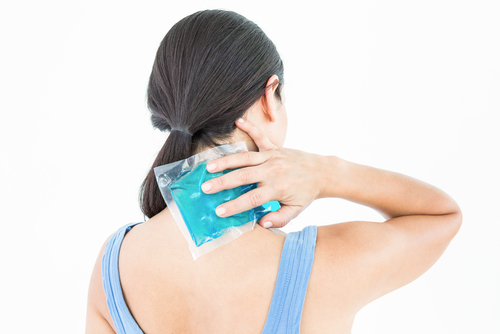
When it comes to back pain, an easy thing you can do at home to relieve the pain is to apply ice and/or heat. Each of them work well but they each have their own properties on how they work. Which one do you use?
Cold Therapy
Applying ice is often recommended after an injury because cold temperature can reduce the inflammation in the affected area. Cold temperatures reduce blood flow by constricting blood vessels, limiting the natural inflammatory chemicals the body creates and sends to injured tissue. For this reason, ice is typically used to reduce swelling.
Cold therapy may also reduce sensitivity in the nerves to reduce pain, as well as prevent scar tissue from forming in the injured area.
Heat Therapy
Heat therapy, on the other hand, does almost the exact opposite. Applying heat may increase blood flow to the injured area, assisting the body’s natural inflammatory response. This brings oxygen and nutrients to help the body heal.
Heat may also be useful in reducing stiffness and relax tense muscles and tissues, reducing soreness and pain.
Which is best, and for what?
When it comes to choosing the right temperature for at-home therapy, the trick is understanding your injury and what your body needs. For many types of acute, or fresh, back injuries, the answer of hot versus cold is actually both.
Generally, applying ice is recommended for the first few days (24 to 72 hours) after an injury. This may help relieve the immediate flood of inflammation, since the injury will begin to get inflamed right away.
After the inflammatory response dies down, it’s usually best to alternate between the two for pain relief and to promote healing. First, apply ice to decrease inflammation and pain for 15-20 minutes. Then apply heat for 15-20 minutes to loosen up the muscles and help heal the area.
Heat may make inflammation worse and cold may make stiffness worse, so it’s very important to try to identify the symptoms you’re experiencing and choose the form of therapy that will counteract that.
